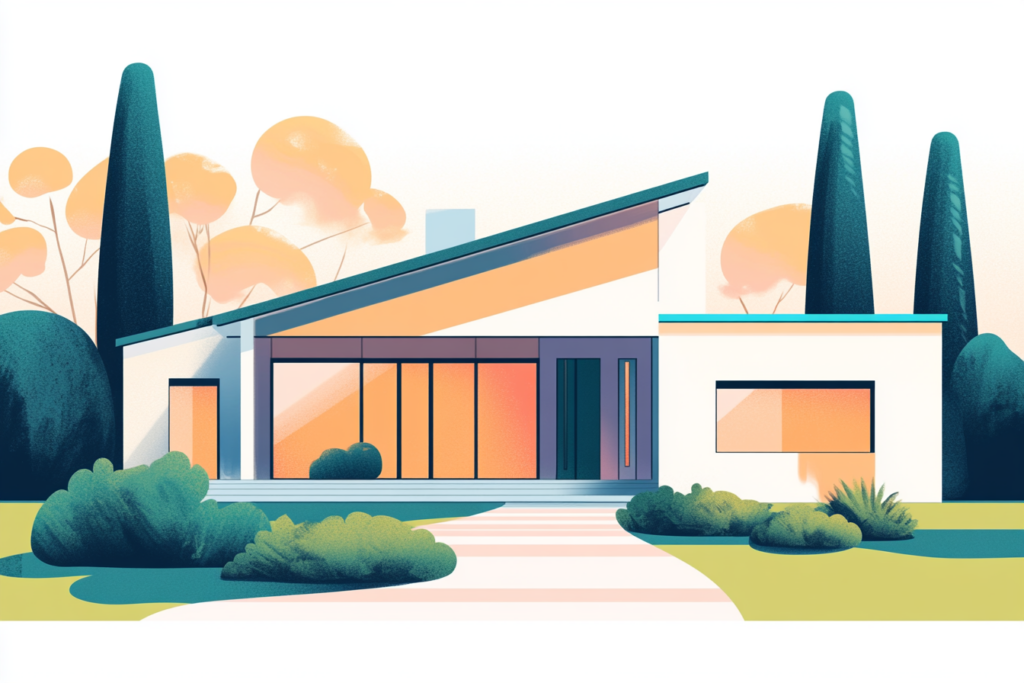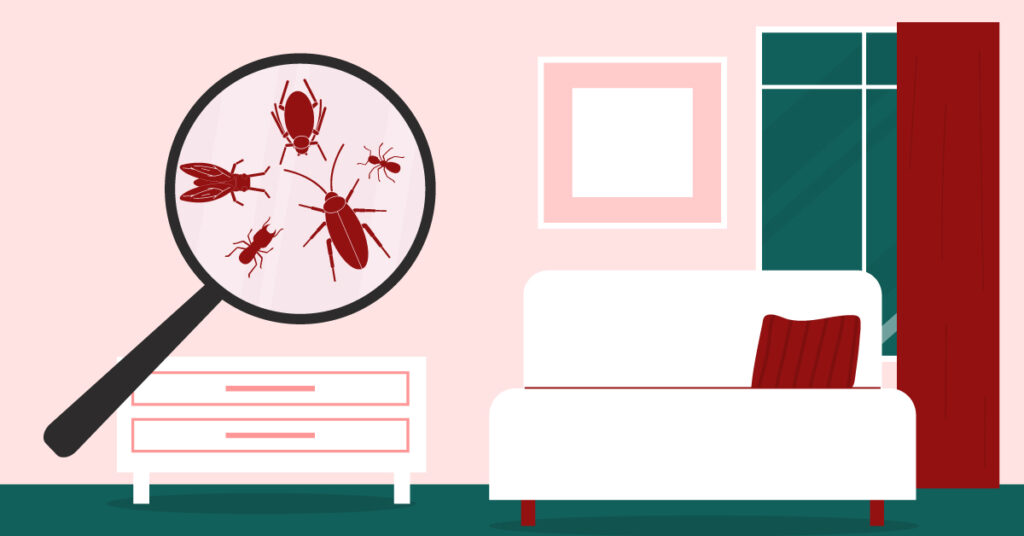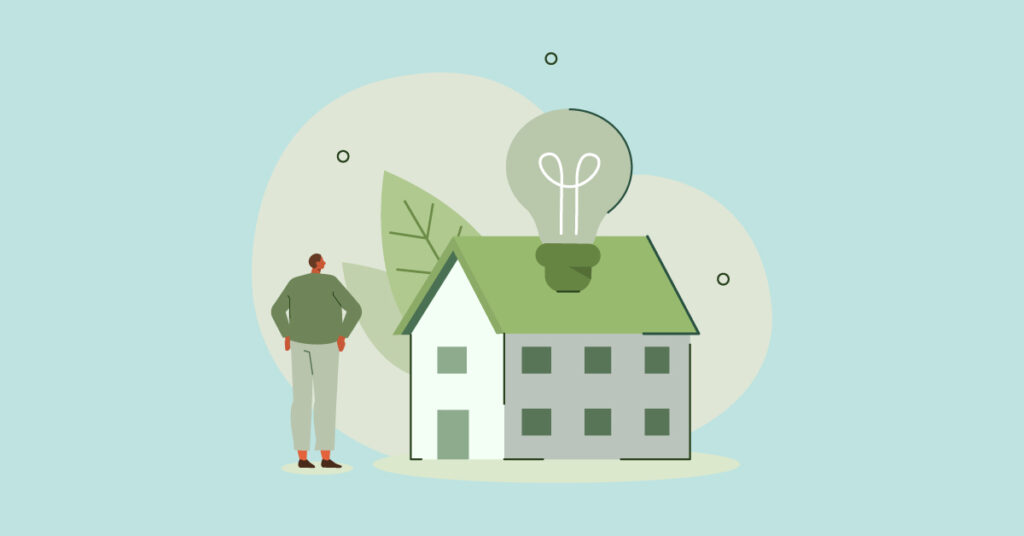Green roofing transforms conventional rooftops into vibrant ecosystems with numerous environmental, economic and aesthetic benefits. As cities expand and the effects of climate change intensify, sustainable roofing options prove even more crucial. Eco-friendly roof design enhances energy efficiency in innovative ways. It also assists with stormwater management and bolstering urban biodiversity. Let’s examine the types of vegetated roofing available, the benefits of choosing these sustainable roofing options, design considerations, and actionable insights you can use when adding green infrastructure to your property.
Types of Green Roofing Available
Vegetated roof options have designs that meet aesthetic, functional and structural needs. Each green roofing option offers benefits and challenges, depending on what matters most to you, from maintenance requirements and aesthetic appeal to stormwater management and recreational space. Let’s look at the different types of sustainable roofing options available and their best use cases so you can make a well-informed decision.
Extensive Vegetated Roofs
Extensive green roofing features a shallow growing medium that’s typically 2 to 6 inches deep for a more lightweight roof design than other types with fewer maintenance requirements. These roofs support hardy, drought-tolerant plants like sedums, grasses and moss. This low-profile roof design insulates buildings and retains water, reducing energy costs and effectively managing stormwater on urban buildings.
Semi-Intensive Green Roofs
Growing mediums on semi-intensive green roofs reach depths between 6 and 12 inches for a middle-ground approach to sustainable design. This deeper planting medium lets these roofs support a broader range of species, including perennials and small shrubs that improve visual appeal and biodiversity. These roofs require moderate yet manageable maintenance and are installed easily without heavily modifying buildings.
Intensive Green Roofing
Also known as rooftop gardens, intensive green roofing has growing media that exceeds 12 inches, accommodating trees, shrubs and even edible garden plants. These roofs transform unused space into accessible green areas ideal for rest, social gatherings and even commercial urban farming. However, these green roofs require significant structural support and ongoing maintenance, making them well-suited for recreation and urban gardening projects.
Modular Green Roof Systems
Modular green roof systems comprise pre-planted trays or panels for quick, flexible installation and easy maintenance. The customizable design enables easy replacement and upgrades tailored to the building’s needs and environmental conditions. These systems work great for retrofit projects where rapid installation and future scalability matter most.
Blue-Green Roofing
When you need a simple stormwater management solution, blue-green roofing fills the bill. These eco-friendly roofing options combine vegetation with water storage features like integrated ponds, actively managing excess water while insulating the building and adding to its aesthetics. Consider these green roofing solutions for areas with high rainfall or urban spaces to prioritize stormwater control and environmental enhancements.
Living Roof Systems
Some innovative green roofs integrate renewable energy technology in their design, such as adding solar panels alongside the vegetated surface. These hybrid systems reduce energy consumption and generate power for the building, making them a forward-thinking choice when considering sustainable roofing options. Best for modern buildings, living roof systems combine green infrastructure with clean energy solutions to meet contemporary environmental challenges.
Benefits of Green Roofing

Green roof design provides numerous advantages, from improving energy efficiency to enhancing biodiversity in urban areas. By transforming rooftops into living ecosystems, you can help better regulate indoor temperatures, manage stormwater and create greener, healthier cities. However, beyond their environmental benefits, these sustainable options may extend your roof’s lifespan and save you money over the long term. Let’s explore how adding green infrastructure to residential, commercial and public buildings supports the planet and property owners.
Enhanced Energy Efficiency
Green roofs serve as a natural insulation system, regulating indoor temperatures year-round for enhanced energy efficiency. The soil and vegetation create a thermal barrier that minimizes HVAC system usage for significant savings while combating the urban heat island effect. This makes cities cooler and more comfortable while reducing overall carbon emissions.
Easy Stormwater Management
Impermeable surfaces in cities, such as concrete and asphalt, make stormwater management challenging in urban spaces. Green roofs help solve the problem by capturing rainfall and releasing it slowly. This gradual release reduces the runoff volume to mitigate flooding risks and filters pollutants before the water reaches local drainage systems.
Improved Biodiversity and Aesthetics
Integrating native and adaptive plant species on green roofing fosters urban biodiversity and creates mini ecosystems that attract birds, pollinators and beneficial wildlife. This improved biodiversity makes urban environments healthier and reintroduces natural habits into the cityscape. Aside from the ecological benefits, green roofing enhances the aesthetic appeal of buildings, transforming otherwise barren rooftops into gorgeous green spaces.
Planning and Design Considerations
Before installing green roofing, consider factors such as structural capacity so you know how much weight the roof can hold, roof slope and drainage to prevent water buildup and climate and plant selection to ensure you pick native plants. Also, waterproof the area with roof barriers to prevent leaks and roots from causing structural damage. Lastly, look into local regulations and government incentives to see if tax credits are available for your green roofing project. Remember — proper planning ensures these sustainable roofing options look great, hold up well and benefit the environment.
You might also be interested in: 9 Steps to Replacing a Roof When You Have Solar Panels




